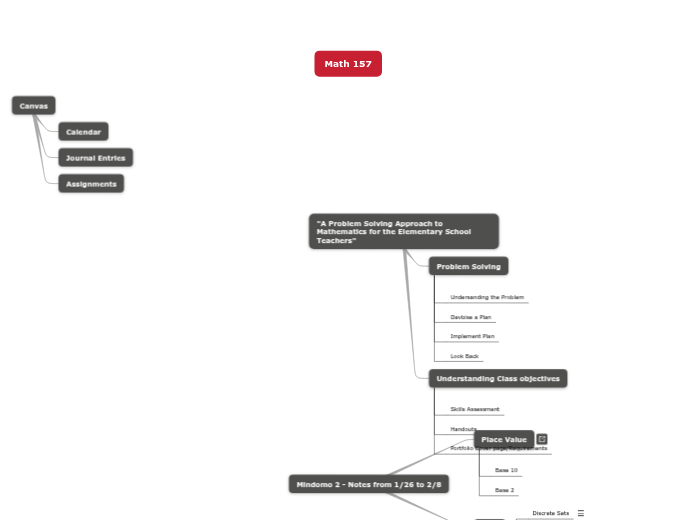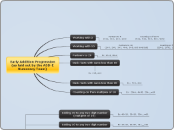Elementary School Mathematical Concepts
Week Two
Introduction to Multiplication
Furthermore, 4 x 5 is not the same as 5 x 4.
Of course the answer is the same, BUT when guiding students
to a genuine understanding of what it means to multiply x by x, it is crucial that there is differentiation in the order of the variable. Diagrams effectively support the connection of these groupings.
Diagrams in the teaching & learning
of multiplication are essential for a few different
reasons.
Diagrams can be photos, drawings, or manipulatives.
Alternate Algorithms
Subtraction:
Much like addition, there are a few different
ways to systematically subtract.
Here is one of those strategies:
Addition:
Standard addition algorithm: 123+123=246
Expanded form:
*adding by place value
100+20+3
100+20+3
_________
200+40+6 = 246
Left to Right:
*add beginning with the first digits, using their appropriate value
123+123
200
40
6
______
246
Friendly numbers:
*first adding the numbers that make ten
62+28
2+8= 10
60+20=80
10+80=90
Trading off:
*transferring a key amount from one side of the
plus sign to the other to create a more simplistic
addition
75+28
(+2)73+30 = 103
Scratch:
* rounding numbers in an equation up or down to create
more easeful adding; typically done in factors of five or ten,
adding & subtracting the difference accordingly to
account for the difference
4+6+9+11=20
5+5+10+10=20
Lattice:
*using a box to separate the digits of the equation, only adding single digits, then adding the columns
2 5
+4 8
_______
0 1
6 3
7 3
Week One
Adding Bases
When presented with two bases to add, first
use base blocks to construct each number using
the proper base amount for each place value.
When we add in this manner, I like to think of
it as "combining."
*Similar meaning, but the
connotation helps the imagery I feel*
Once you have each number constructed,
combine all of the blocks into as many complete six base
tens columns as you can. Whatever is remaining
will be a part of the ones place.
Doing this requires some regrouping, or,
combining of ones from each number to create tens.
Count each column & record the amount of columns as the
tens place value. Do the same with the ones. Since we
regrouped by a base of six, we already know that our base
remains six.
To add bases, it is most convenient to
first make sure that the bases in which are
being added are the same. This means
that we should at least first begin to add
bases that have equal value.
Again, using base blocks for this will further
strengthen meaning & understanding as it
provides a visual & tangible action that is
happening as a representation of the
numbers & symbols.
Converting Bases
Converting bases to base ten begins with
the non-base-ten number. Using base ten blocks
is an effective way to understand this conversion/
relationship.
Let's say we are working with 23 _ base six.
First, build the number using base ten blocks.
This should result in two sets of "tens" & three blocks
in the ones place.
o o
o o This equals 23 due to the base being 6.
o o
o o o
o o o
o o o
However, to convert it to a base ten, we simply count how
many blocks exist; there are 15.
23base6 equals 15base10.
The base is relative.
Therefore, we can use bases
interchangeably as long as we understand how
to convert them.
Although it is typical to base our math
upon ten (hence, "base ten" blocks),
we can also apply the same rules to
any base. When we think about what
it means for a number to be a base
number, we are considering, in a sense,
what makes the ones, tens, & hundreds
places.
For example, if seven is the base
at-hand, comparatively to ten, 49=100.
Because...
Introduction to Base Ten Blocks
Base ten blocks are tangible
manipulatives which represent the
quantitative value of number symbols.
Typically, they are used in representation of
the ones, tens, & hundreds places.









